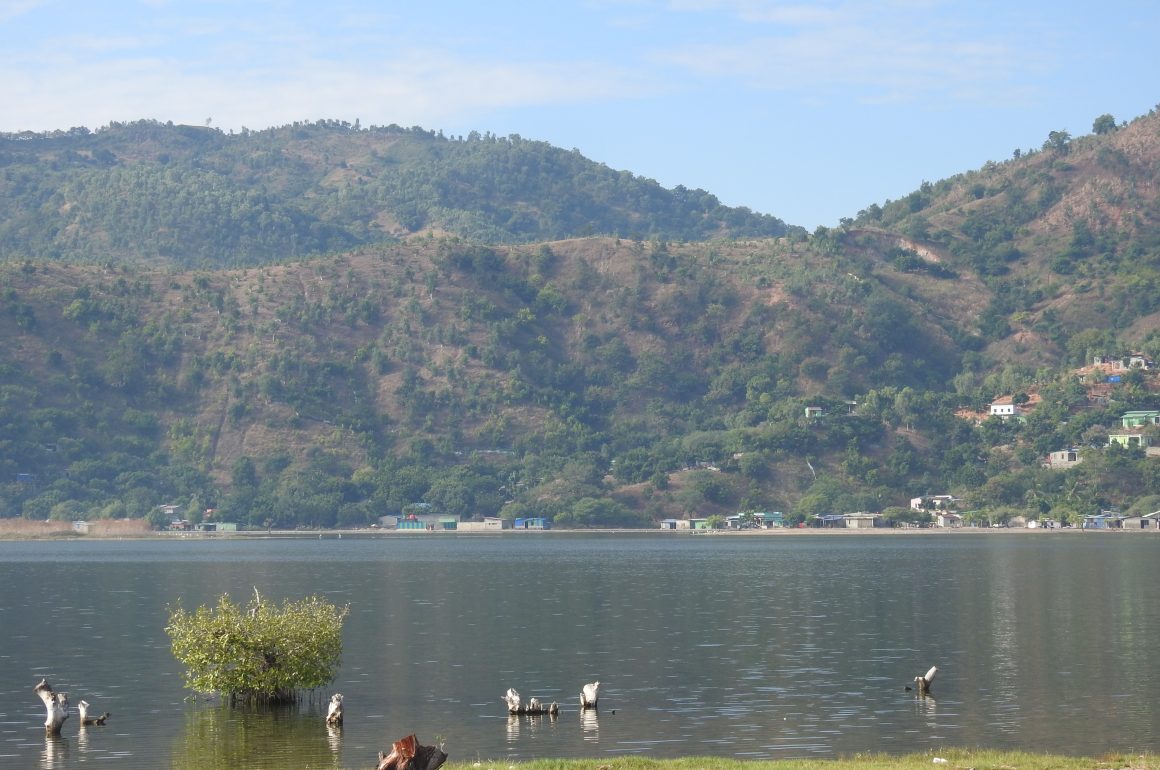
Timor-Leste – an island-nation with a checkered history. During the preparations for the trip, the island’s Wikipedia page promised several bird species: among these, the endangered Timor Green Pigeon and Wetar Ground Dove. First reaction: great, I will be looking for pigeons…
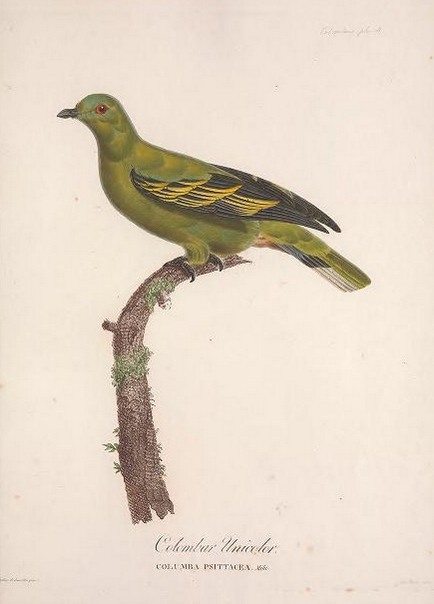
Then I read a bit more about the Wetar Ground Dove. Its global population size is estimated at 1500–7000 mature individuals and apparently it’s not present on Timor at all. One species less to worry about – not going to happen. More research: the absolutely riveting paper “Pampusanna vs. Pampusana: a nomenclatural conundrum resolved, along with associated errors and oversights” was not very helpful, but reminded me of the papers frequently mentioned on this site. I was not going to see this pigeon but I did have a good laugh. The Ministry of Funny Walks must have its equivalent, the Ministry of Needlessly Long and Overly Descriptive and yet Funny Titles about Non-Issues. Furthermore, the critically endangered Yellow-crested Cockatoo and the Timor-Leste endemic subspecies of the Iris Lorikeet came to save the day. Who doesn’t love Polly or the Norwegian Blue? It wouldn’t be about pigeons after all.
Getting to the island is a bit of a logistic jigsaw. I had to fly from Java to Bali, spend the night on Bali (bummer) and take a plane to Dili the next day. I had declined to take the Australia option as a good friend of mine had crashed (and survived) on that route. Statistically very safe to use that specific flight, no doubt, but somehow less attractive emotionally. It also took longer… Timor-Leste is a very poor country which rather paradoxically means it’s relatively expensive for outsiders. To avoid excessive taxi fares I had hired Eco Discovery to drive me around. They were very responsive and friendly during the enquiry process. Their mascot is the Timor Sparrow – one of my target birds – a good omen.
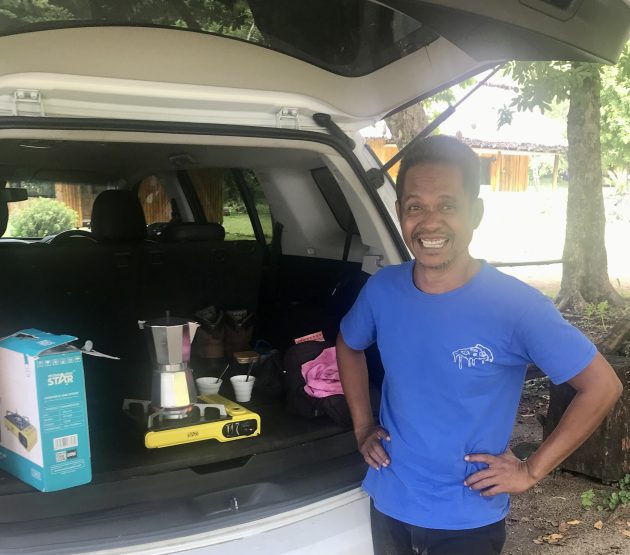
My driver-guide was a gentleman named Daniel. While freed up from navigation and traffic surviving, I still had to do my own birding and identification. Daniel is not a birding guide, but he was keen to learn. He quickly picked up some of the necessary skills. We were soon scanning both sides of the car effectively as we headed towards the saline lakes west of Dili: Tasi Tolu Lake (header picture) and Lagoa Maubara.

Tasi Tolu Lake has been the scene of some rather horrendous human rights violations, but all that lies in the past. The peaceful pastime of birding is front and centre these days. The lake is probably much better in January or February, but I still got to complete my set of darters with the Australasian Darter. Lots of Great White Egrets, at least 60 Australian Pelicans and the very cute Red-capped Plovers. We lucked upon two species of honey-eaters at the João Paulo II chapel on the hill bordering Tasi Tolu Lake: the Timor Meliphaga and the Timor Friarbird. Honey-eaters are a typical Australian family. You can imagine their comments on my presence amongst their flowering trees – I clearly heard “dinkum Dutchman”, but they were not “throwing shrimp on the barbie”. That’s prejudiced thinking about Australian cuisine – haven’t you seen Masterchef? Besides, they eat nectar.

The woods on the shores of Lagoa Maubara were better than the lake itself. I found Timor Gerygone (Plain Gerygone). The parentheses call for a little side note, because this is not a plain bird. I looked it up and it turns out that the great Alfred Russel Wallace called this bird “plain”. Alfred Russel Wallace is the archetypical gentleman, the man who graciously let Darwin take the credit for the most important biology concept in history and my personal hero. He suffered from malaria – I can not do anything but allow the misnomer assuming his brilliant mind was adled by fever. I should probably write about Alfred Russel soon.
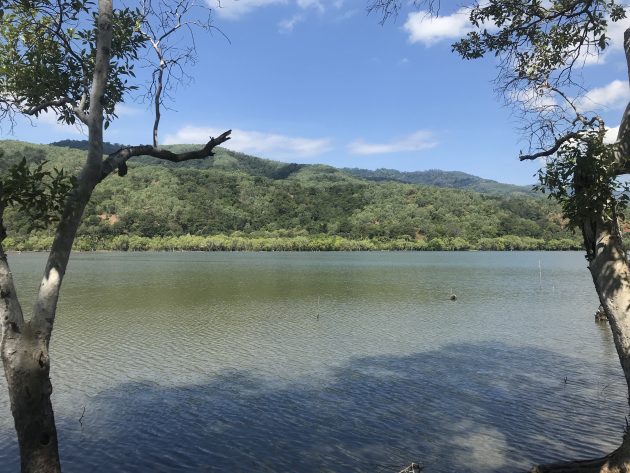
There are quite a few other sites near Dili. eBird has some records, but Timor-Leste is what they call “under-birded” with loads of opportunity for exploration. If you have little time, check out Remexio, Aileu, Dare and the Tankae Coffee Plantation. If you have a bit more time, read my posts over the coming weeks.






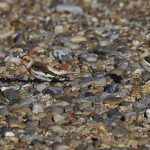
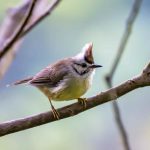

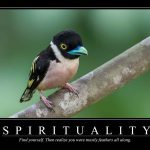
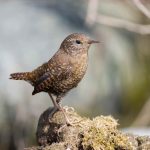
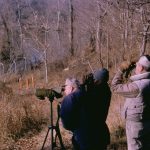

What an adventure!
Fun read! The only thing I wanted was a map to show, very specifically, where you were in the world!
Can’t wait for the other stories. Great links in this one!